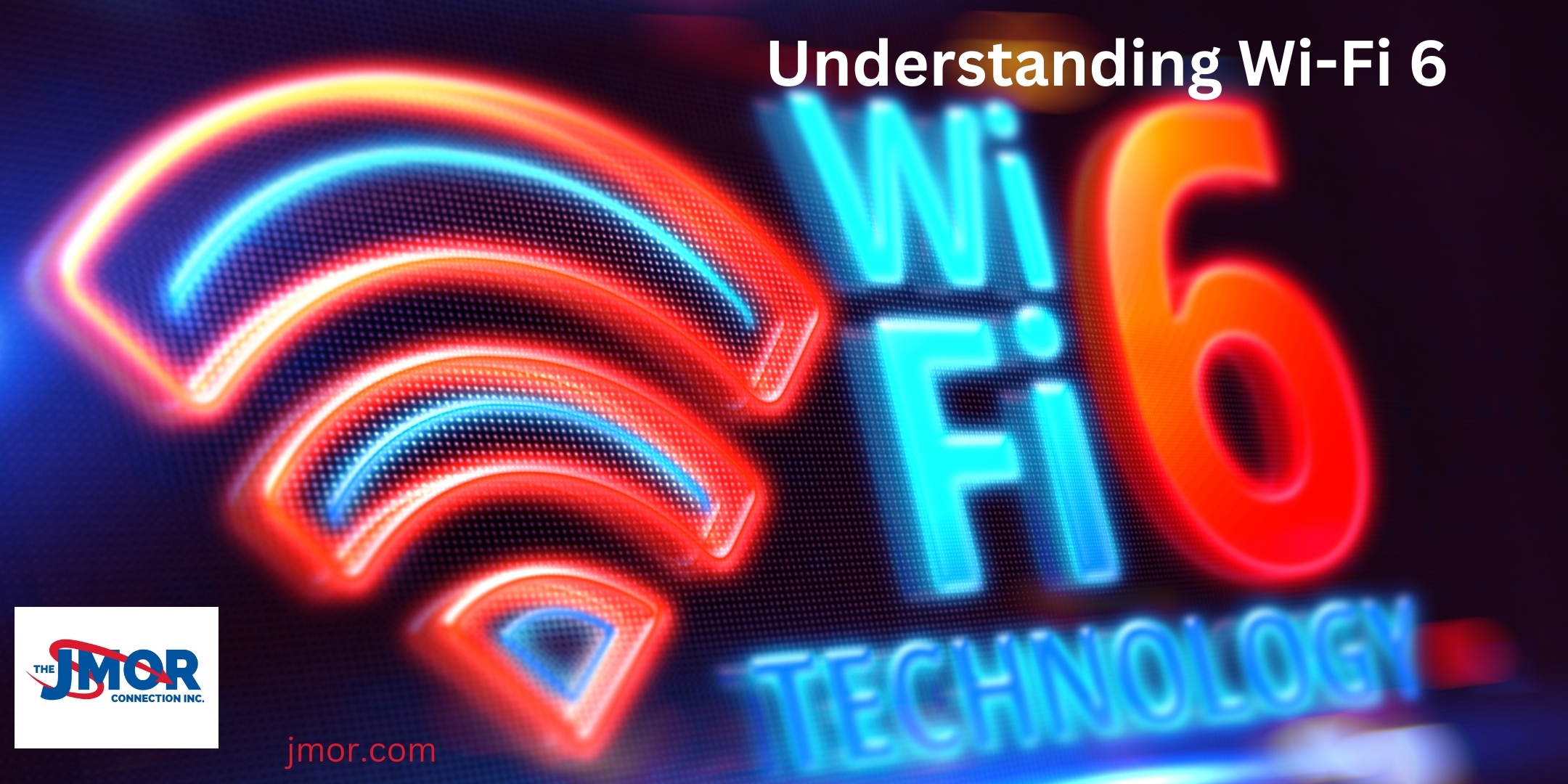Whether you use the internet at home, in business, or on the go, Wi-Fi has surely been a word heard before. Original Wi-Fi, a standard adopted in 1997 and given a classification of IEEE802.11 or a set of standards to specify how wireless devices communicate without wires referred to as a WLAN (Wireless Local Area Network). Did you know the first Wi-Fi specifications only permitted up to two megabytes per second? Through this article, I will share more about its history and how it has evolved into what our current standard in 2022 is called WiFi6.
Wireless networks use electromagnetic waves to send/receive data through open space or air and started with two fundamental frequencies, 2.4GHz (802.11b) and 5GHz (802.11a). More people used 2.4GHz because it was more readily available and less expensive. People started using Wi-Fi for laptops, printers, and computers to facilitate installation without wires and greater portability.
Many people soon started to worry about whether Wi-Fi is safe and if it would harm our health. Shortly after its introduction, many feared it would be safe for human health since the term “radiation” was used and printed in manuals and some boxes. The critical thing to understand about “radiation” is that there are two components: frequency and intensity. Frequency, although a factor, has less of a factor to damage “radiation” may cause, and you will be happy to know that Wi-Fi uses a low frequency below the naked eye’s visibility level to see the light.
Whenever we hear the word “radiation,” it sends all kinds of warning off in our heads because of what the media has instilled in us when we hear about situations where it has harmful effects on our health. Radiation where potential health damage may result, such as cancer, is attributed to what is known as ionizing radiation. Ionizing radiation is a very high frequency that can cause DNA abnormalities and may lead to cancer. Did you know that it would take at least 1,000,000 GHz, which is about 500,000 times greater than WiFi 2.4GHZ 5GHz and still lower than WiFi 6 emissions?
Then you might have more peace of mind if I told you that our human skin is not affected by WiFi 1,2,6 or the proposed seven as the maximum power under any of these is only 2 watts. However, in studies, WiFi has been known to have the following short-term side effects: disrupted learning disrupted memory, sleep deprivation, fatigue, increased norepinephrine at night, lower sperm count, and also has given many people headaches.
In 2003 the announcement of 802.11g was made, and now there was support for 54Mbps up to 150Ft in distances of clear sight compared to 802.11b, which was only 11Mbps. Thus, routers became more stable with faster processors and related architecture. Unfortunately, 802.11G was slower than most people’s prior dial-up internet modem connection.
Since the 2.5GHz world was quickly becoming crowded with a large number of new devices, such as baby monitors to Bluetooth, all using the same frequency, thus making them all operate slower. Then a dual-band router was created to support both 2.5GHz and 5GHz, and if a wall blocked a device, then the 2.5GHz could be connected to it as a backup.
2009 arrived and with it 802.11n a new standard that supported 2.4MHz & 5GHz with speeds up to 600MBs. This specification utilized multiple antennas to support the increased data speed and was classified as Wi-Fi 4.
802.11ac was announced in 2013 and focused on using the 5GHz band. It is important to note that higher bands have more speed but travel less than lower band frequencies. 802.11ac also brought two other significant enhancements: channel bonding & MIMO. Channel bonding is when two or more 20MHz are combined into a 40MHz or 80, or 160MHz channel. Not that channel bonding will increase the data rate in direct proportion to the channel bandwidth. MIMO is an acronym for multiple inputs and outputs where the antennas may be used as both the source, the transmitter, and the destination known as they received. This new standard was labeled Wi-Fi 5 and 3.5Gbps
With more devices and an increased desire to use them with more bandwidth, it was only inevitable that in 2020 WiFi 6 was announced. Remember, despite all these changes, the fundamentals of how WiFi worked didn’t change, nor did its purpose. WiFi 6 increased productivity by allowing more devices to be connected reliably and now at speeds up to 9.6Gbps. This new speed upgrade is almost 300% faster than the 3.5GBPson WiFi 5. This new standard uses 802.11ax technology and is the fastest available as of the writing of this article.
Thus, in conclusion, WiFi is a great technology to enable devices such as computers, laptops, and printers to connect to other networks and WANs. Remember that if you have a new device and don’t have a router that will support that standard it’s time to upgrade so you can get the greatest possible throughput. Also, even though we have seen that the rate of emission from the radiation being less than 2 watts may appear safe, that doesn’t mean other temporary side effects when close to a router or respective transmitter.
#wifi #internet #technology #cat #wireless #tecnologia #network #g #router #telecom #cctv #o #a #tech #security #fibraoptica #indihome #fibra #wifimurah #smarthome #networking #tplink #isp #business #internetmurah #modem #broadband #bhfyp #instagram #fiber
#wifi4 #wifi5 #wifi6 #radition #frequency #intensity #802.11a #80211.b #802.11g #802.11n #80211.ac #router #upgrade #health #headache #sperm #iot #device #computer #laptop #business #home #businessowner






